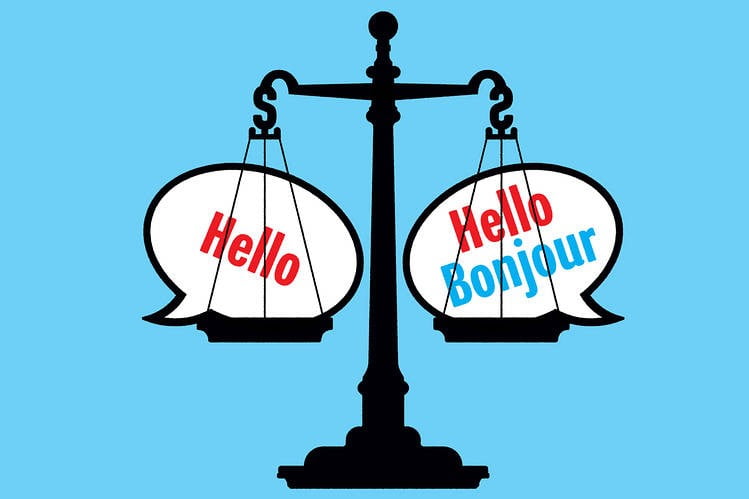A new study suggests that teenagers who take challenging courses and skip grades are happy and well-adjusted in later life, contrary to stereotypes

Jim Parsons as socially inept genius Sheldon on ‘The Big Bang Theory.’ PHOTO: RICHARD CARTWRIGHT/CBS/GETTY IMAGES
By Susan Pinker
https://www.wsj.com/articles/the-gifted-kids-are-all-right-11600361566
Sept. 17, 2020 12:52 pm ET
What do Lady Gaga, Rep. Katie Porter of California and Fields Medal-winning mathematician Terence Tao have in common? As teenagers, they were all selected to participate in programs for the gifted and talented. Or they got the chance to enter college early. Or both.
It’s widely thought that being identified as different or skipping ahead academically at a young age comes at a social cost. “There is the belief that individuals who are academically talented are emotionally vulnerable, and changes in routine such as grade-skipping will trigger that vulnerability,” says Frank Worrall, director of the school psychology program at the University of California, Berkeley. Examples abound in popular culture, he notes, citing the brilliant but socially inept main characters in the TV series “The Big Bang Theory.” In this view, it’s better for gifted children to stay in class with their age-mates instead of being bumped up a grade or challenged by an advanced curriculum.
But the idea that intellectual prowess makes young people vulnerable snowflakes is a myth, according to fresh data collected and analyzed by David Lubinski and Camila Benbow, professors of psychology and education at Vanderbilt, who have followed the lives of gifted kids for decades. In a study published last month in the Journal of Educational Psychology, the two professors, along with doctoral student Brian Bernstein, followed over 1,600 highly gifted American teenagers who were identified in the 1970s and ‘80s as among the top 1% in their age group in math and verbal abilities. These students were selected for advanced educational opportunities before they graduated from high school. Did early acceleration interfere with their happiness in the long term?
To answer that question, the researchers looked at how these students are doing at age 50. Using several standardized tests, the team found that there was no relationship between an accelerated academic program—such as being targeted for an enrichment program, skipping a grade, entering college early or taking an outsize number of AP courses in high school—and the students’ ultimate psychological balance.
In a second study conducted by the same team to see if their findings would replicate, nearly 500 former teen participants in Vanderbilt’s Study of Mathematically Precocious Youth were assessed at age 25, when they were first- or second-year doctoral students in science in prestigious American universities, and then again at age 50, when they were well-ensconced in their careers. The results showed once again that early academic acceleration did not predict later maladjustment. In fact, “this group had scores that were above average on psychological well-being…on psychological flourishing, positive affect and life satisfaction,” according to the paper.
I asked Dr. Lubinski whether qualms about the educational privileges enjoyed by gifted students make his findings contentious. “People say, why are you studying the top 1%. They wouldn’t say that about studying schizophrenia,” which affects the same percentage of the population, he replied. “We talk about celebrating diversity. If you look at special populations that require different opportunities for optimal development, the gifted are members of that group.”
Dr. Lubinski also notes that “the funny thing about a lot of giftedness education is that it doesn’t cost any extra. All it requires is providing kids with resources at an earlier age.” And all of society has an interest in making sure these students flourish: “When you think of fighting pandemics, cybersecurity or climate change, you’re looking at the top 1%. That’s why this is important—they have the greatest potential to solve these problems.”











